If we think of the most iconic church in Russia, then this one is the first that comes to mind.
In this post, you’ll discover the ultimate list of facts about St Basil’s Cathedral, the most iconic building in Moscow!
1. It’s located in one of the most famous squares in the world
St Basil’s Cathedral is a Christian church located in the Russian capital of Moscow, right in the most famous square in the city referred to as the “Red Square” It’s one of the 12 monumental buildings located on the square.
It borders the Kremlin, a massive fortified complex with numerous buildings in the center of the city, and directly across the State Historical Museum of which it has become a division since 1928.
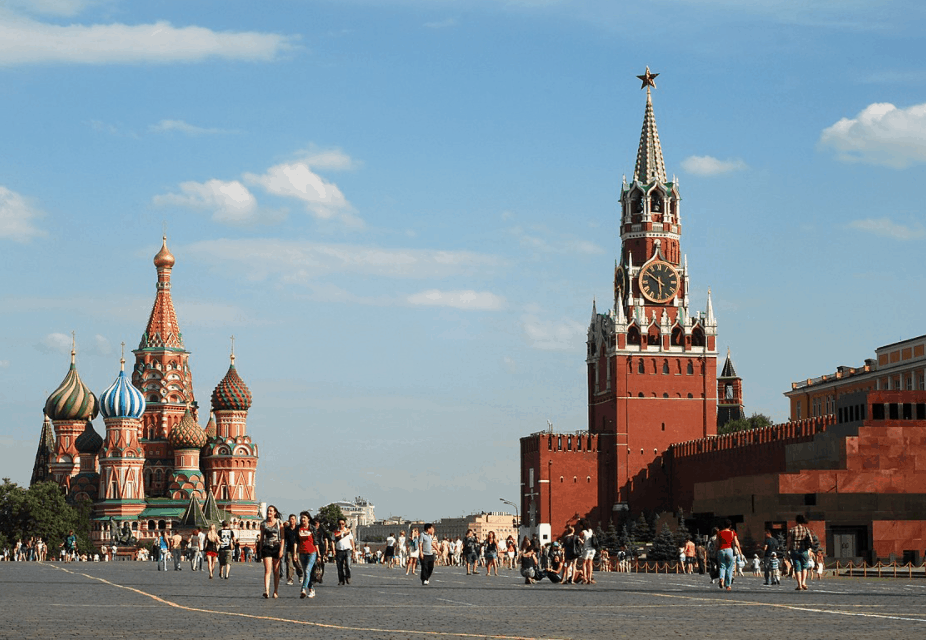
2. The church has multiple different names
The church was originally known as the “Holy Trinity Church,” but has been renamed as the “Cathedral of Vasily the Blessed” in the 17th century and is today commonly known as the Saint Basil’s Cathedral.
The official name of the cathedral is the “Cathedral of the Intercession of the Most Holy Theotokos on the Moat” or simply the “Pokrovsky Cathedral.”
3. It was built by the first Tsar of Russia
The location of the church was originally occupied by a Trinity Church which was constructed of white stones and had a similar design to the buildings of the original Kremlin.
It was in the year 1555 that Ivan IV Vasilyevich, better known as “Ivan the Terrible” and the first Tsar of Russia from 1547 to 1584, commissioned the construction of a new church.
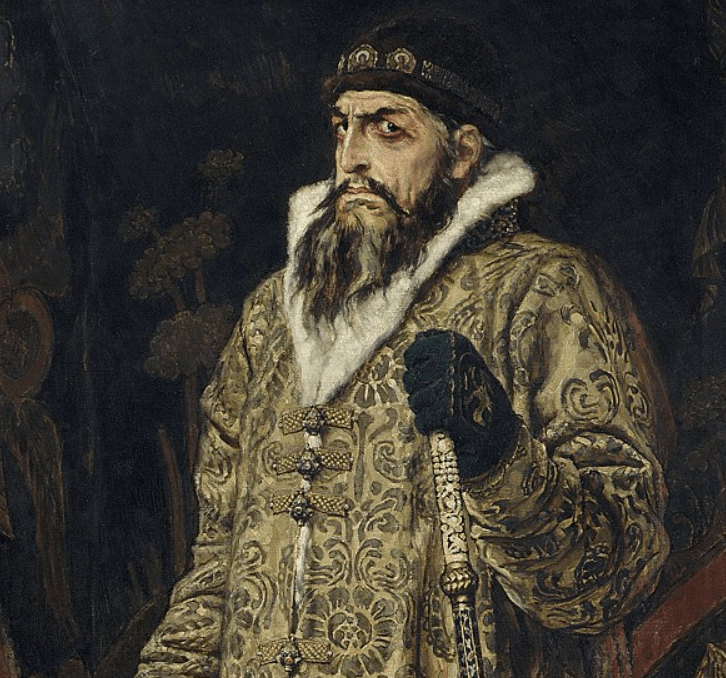
4. It was built to commemorate a victory in a war
Ivan had been building wooden churches around the original Trinity Church for a long time. He added a wooden church with every victory, and by the time construction started, 7 wooden structures were surrounding it.
This means that the church was dedicated to the great victory in the Russo-Kazan War, a war which had lasted from 1439 until 1552 and finally allowed Ivan the Terrible to conquer Kazan.
5. The construction of St Basil’s Cathedral took just 6 years
The work to build the church started in the year 1555 and was identified by writers at the time as the “Trinity Church.” The Piskaryov Chronicle of 1560 mentions that the church was consecrated on July 12, 1561, which means it was built in just 6 years.
If you think about the construction period of other famous churches such as Cologne Cathedral or the Sagrada Familia in Barcelona, this is quite an achievement!

6. There’s a terrible legend going around about Ivan the Terrible
It’s not exactly clear who the architect of the church was. Contemporary records speak of two architects, Barma and Postnik, and the Russian cultural heritage register lists “Barma and Postnik Yakovlev.”
Most historians believe this refers to just one person named Postnik Yakovlev.
Ivan the Terrible was known as “Ivan Grozny,” and a better translation to English is “Ivan the Fearsome.” He didn’t receive this name for anything, because striking fear into the hearts of just about everybody was what he did best.
A legend goes around claiming that Ivan blinded the architect of the church after the building was completed, just so he wouldn’t be able to replicate its design anywhere else.
If Postnik Yakovlev was really the architect, then the legend can’t be true because he is known to have worked on several other projects afterward, including the Cathedral of the Annunciation in Moscow and the walls and towers of the Kremlin.

7. It is a unique structure in Russian architecture
One of the most fascinating facts about St Basil’s Cathedral is that its design is unique in Russian and Byzantine architecture, making it unclear where the inspiration for the building came from.
Many historians agree that most of the features resemble Asian styles, with some sources claiming it was the recreation of the Kul Sharif Mosque, the largest mosque in Russia at the time.
This mosque was located in the Kazan Kremlin and was destroyed by Russian troops after they finally defeated Kazan in 1552. It has since been rebuilt in the year 2005.
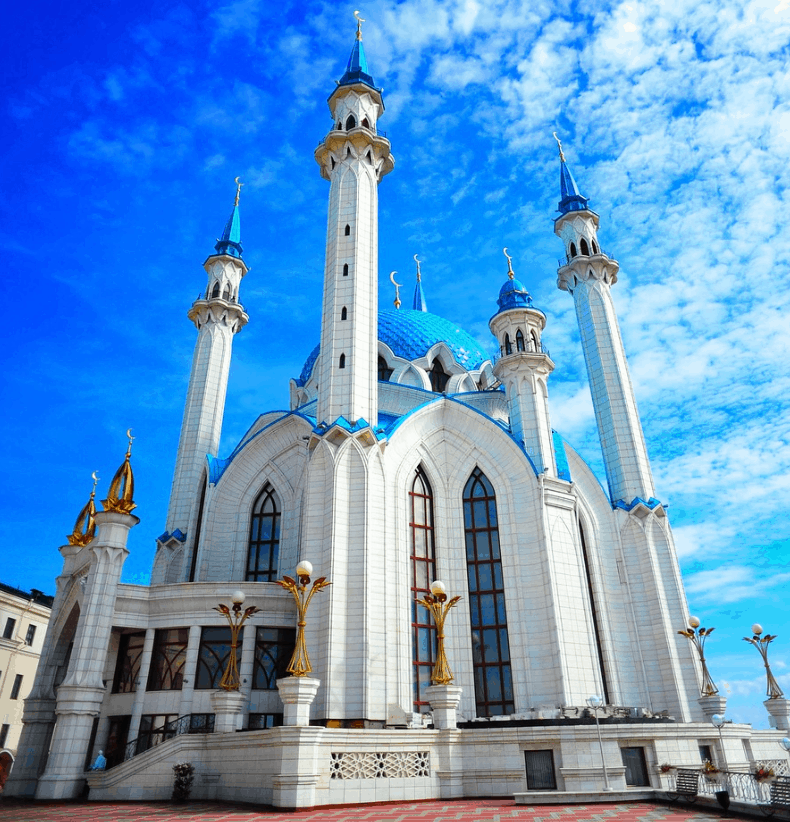
8. The church consists of 9 separate chapels
The original church on the site consisted of a central church with 7 wooden churches surrounding it. Instead of following a similar plan, the architect decided to use a more symmetrical floor plan consisting of 8 churches around the main church instead.
This means that St Basil’s Cathedral really consists of 9 separate churches that come together to form a whole. All the churches are interconnected through a labyrinth of narrow vaulted corridors.
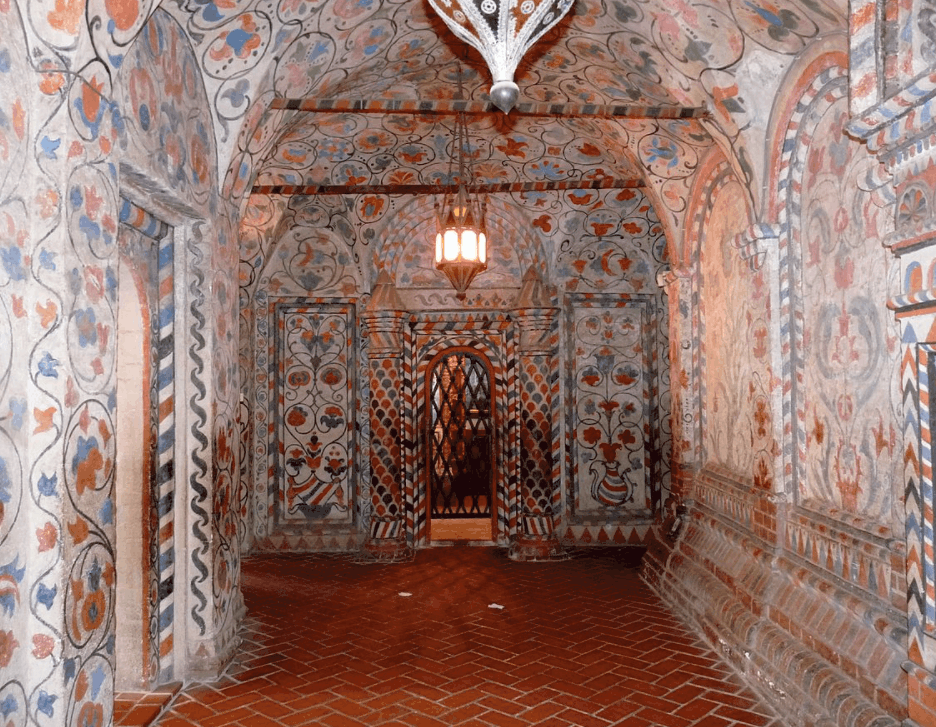
9. The tallest chapel is actually quite small
Because the church consists of 9 separate chapels, this also means that all of these chapels are relatively small, including the main one.
One of the most remarkable facts about St Basil’s Cathedral is that even though the main chapel reaches a height of 47.5 meters (156 feet), it only has a floor area of 64 square meters (690 square feet).
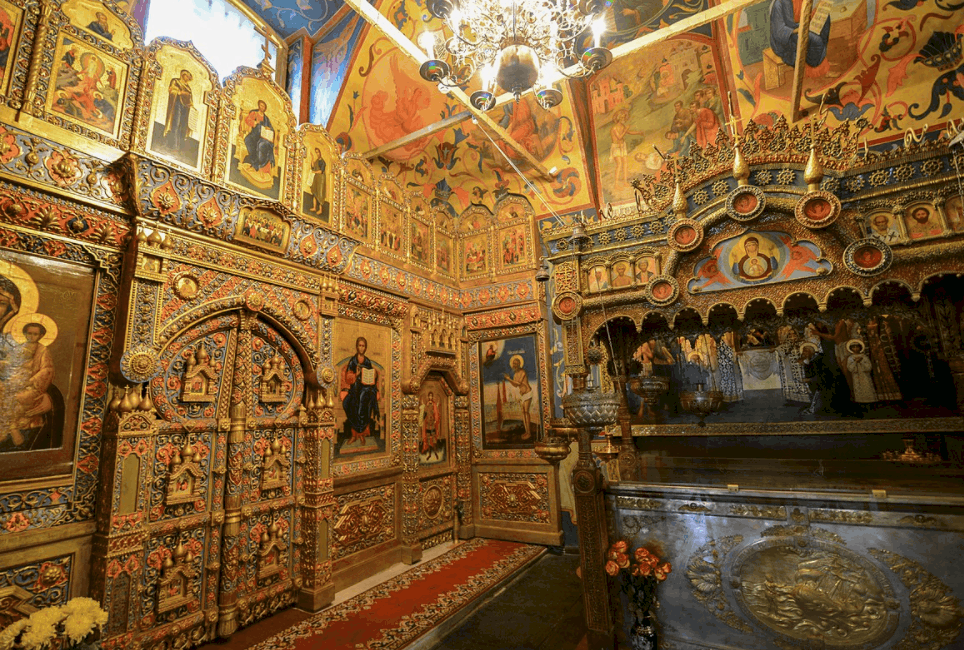
10. The chapels were built with a relatively new building material
The original church, like most other buildings in medieval Moscow, was built with white stones. Even though the foundation of the church was also built with these stones, the church itself was built with red bricks.
This was a relatively new and flexible building material as the first structure in Moscow to be built with red bricks was the Kremlin Wall which was built between 1485 and 1495.
This new material also allowed the masons to be creative when it came to decorations. All of these exterior decorations also served architectural purposes, which was something revolutionary at the time.

11. The original church didn’t have the bright colors we see today
One of the most interesting facts about St Basil’s Cathedral is that the bright and exciting colors it’s famous for today were only added much later.
Originally, the colors of the church used to resemble the depiction of the Heavenly City as described in the Book of Revelation. This means that the original colors of the building were red, white, and gold, with a few touches of green and blue ceramic integrated as well.
The current colors were added over the course of a couple of centuries between 1680 and 1848.
12. The onion domes used to be completely gilded
One of the most fascinating features of the church is its remarkable domes. These onion-shaped domes used to look magnificent as well, as they were completely gilded in the 16th century.
This means that the domes were brightly shining upon completion of the church, quite a contrast to the vivid colors we see today!

13. Basil the Fool was buried inside the church
The church was named after a peculiar man named Basil who lived a life in service of the poor. he roamed around Moscow to steal and gave whatever he acquired back to the poor.
He eventually became a saint after his death in 1552, the year of the victory in Kazan, and didn’t just end up being buried in the church, but it was also named after him.
14. It used to serve as an allegory of the Jerusalem Temple
Before the year 1680, everybody saw the church as a collection of 9 separate buildings. That year, however, the arcades connecting all buildings were constructed.
This means that the original complex served as an allegory of Jerusalem, with the church itself representing the biblical Temple in Jerusalem, rising above the city.
The Donkey Walk, a re-enactment of Jesus Christ entering the city of Jerusalem on Palm Sunday, was held here from 1558 until 1693 as well.

15. It became a museum in the year 1928
In 1928, the Soviet Union confiscated the church from the Russian Orthodox community and decided to turn it into a branch of the State Historical Museum, which is located on the other side of the Red Square.
Up until today, the building is still the property of the Russian Government and part of the museum.

16. Orthodox Christian services are being held again at the church since 1997
One of the most intriguing facts about St Basil’s Cathedral is that Christian Orthodox services have been reestablished ever since the fall of the Soviet Union in 1991.
Since 1997, these services, which include prayers to Saint Basil, are being held frequently as well!
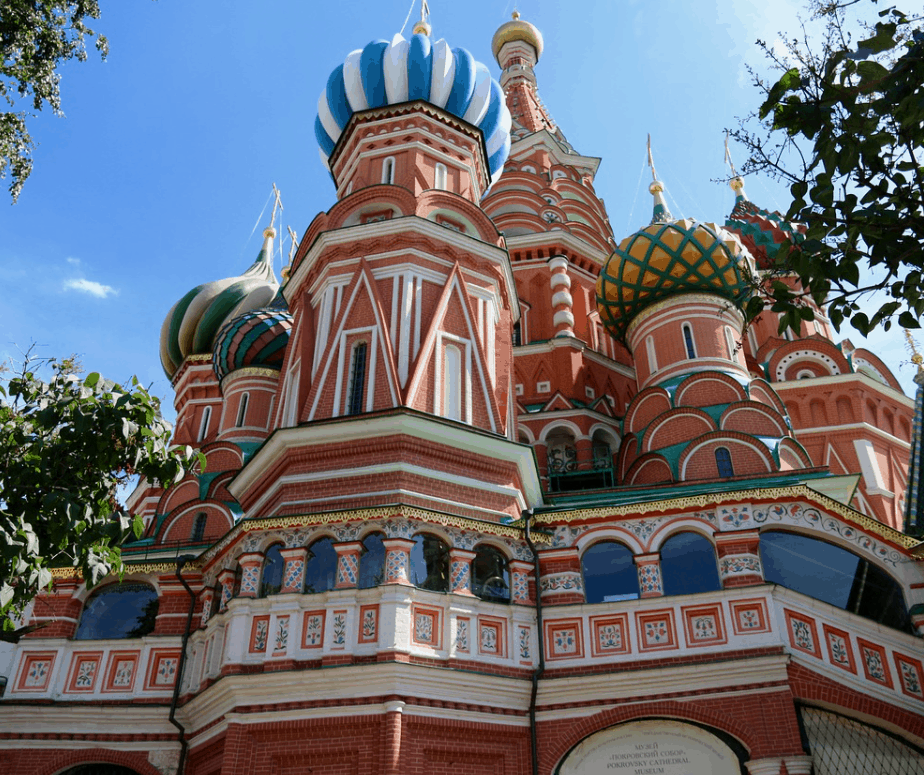
17. Saint Basil’s Cathedral is a UNESCO site and the ultimate symbol of Russia
The Cathedral has been designated as a UNESCO World Heritage site, together with the Moscow Kremlin and Red Square, in the year 1990. It has become the ultimate symbol of Moscow and all of Russia and even though it’s not located within the Kremlin, it has been erroneously been associated with it as well.
This magnificent structure was voted as one of the 7 Wonders of Russia, has a rich history, and is one of the most popular tourist attractions in Russia as well!



